Spanish Mastiff vs English Mastiff: How Different Are They?
Both the English and the Spanish Mastiff are not far from being related since they belong to one type of Family- the Mastiffs. Although they descended from the Molossus, each breed seems to carry on distinct characteristics physically and a slight difference in temperament which makes them unique from each other.
These two Mastiff breeds are undeniably majestic to look at and useful at home. Aside from being the perfect dogs for guarding, they also make great family companions who will spice up your way of life. If you are the rightful owner, you can opt to adopt both breeds. However, if your home can only accommodate one dog at the moment, you have to weigh all the angles to know which one suits you best.
Table of Contents
Breed Origins
Spanish Mastiff
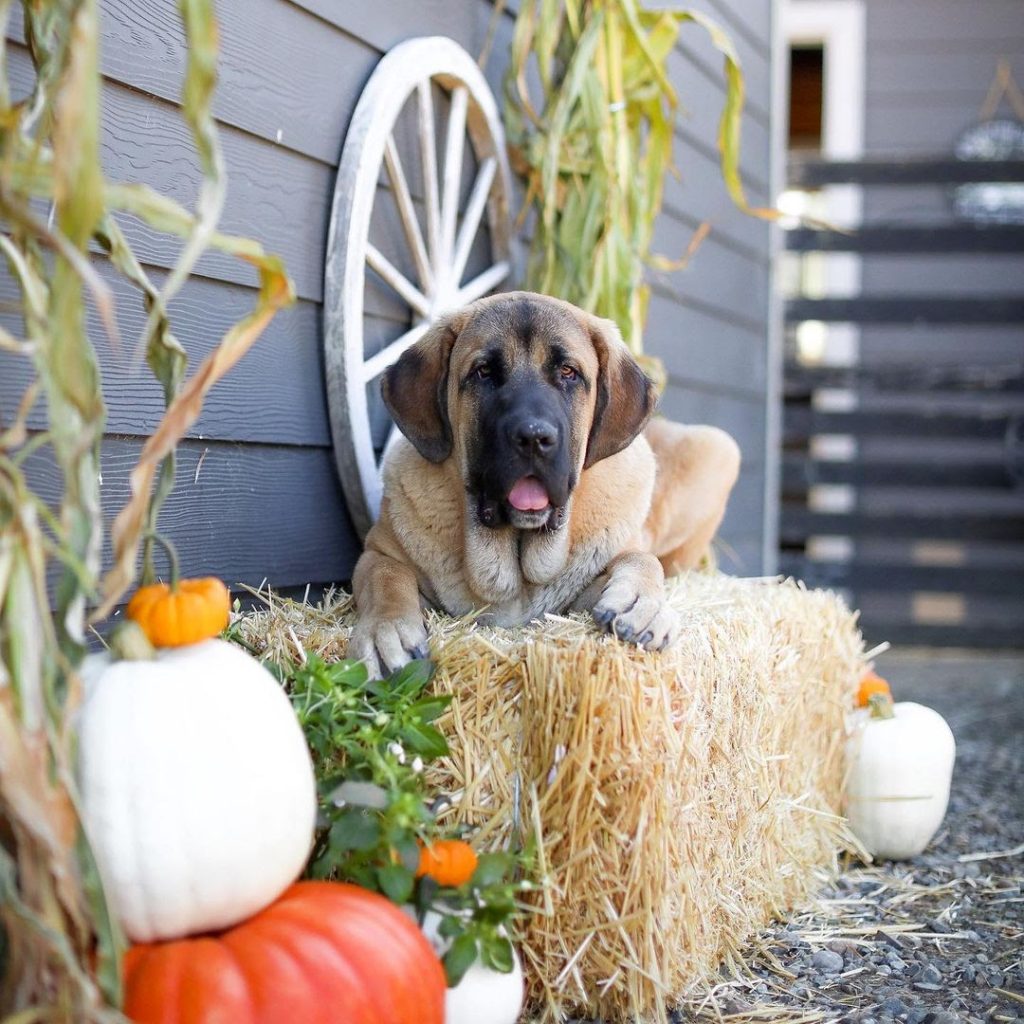

The existence of the Spanish Mastiff can be traced back to the 10th century. During this time, this dog was largely preferred as protectors of flocks and guardians of the shepherds who were herding the livestock. It is believed that this massive dog came from the Greeks and Phoenicians 2,000 years ago. Native to Spain, the Spanish Mastiff gained popularity all over Europe.
As it is with other Mastiff-type dogs, the Spanish Mastiff came from the Molossian Hound. On another note, researchers firmly believe that Spaniards widely used this canine whenever they conquered lands. This powerful dog is huge and threatening and these qualities made them ideal in fighting off the natives.
Currently, there are over 24,000 Spanish Mastiffs in Spain, but the number outside his place of origin is very low, making him a rare breed.
English Mastiff
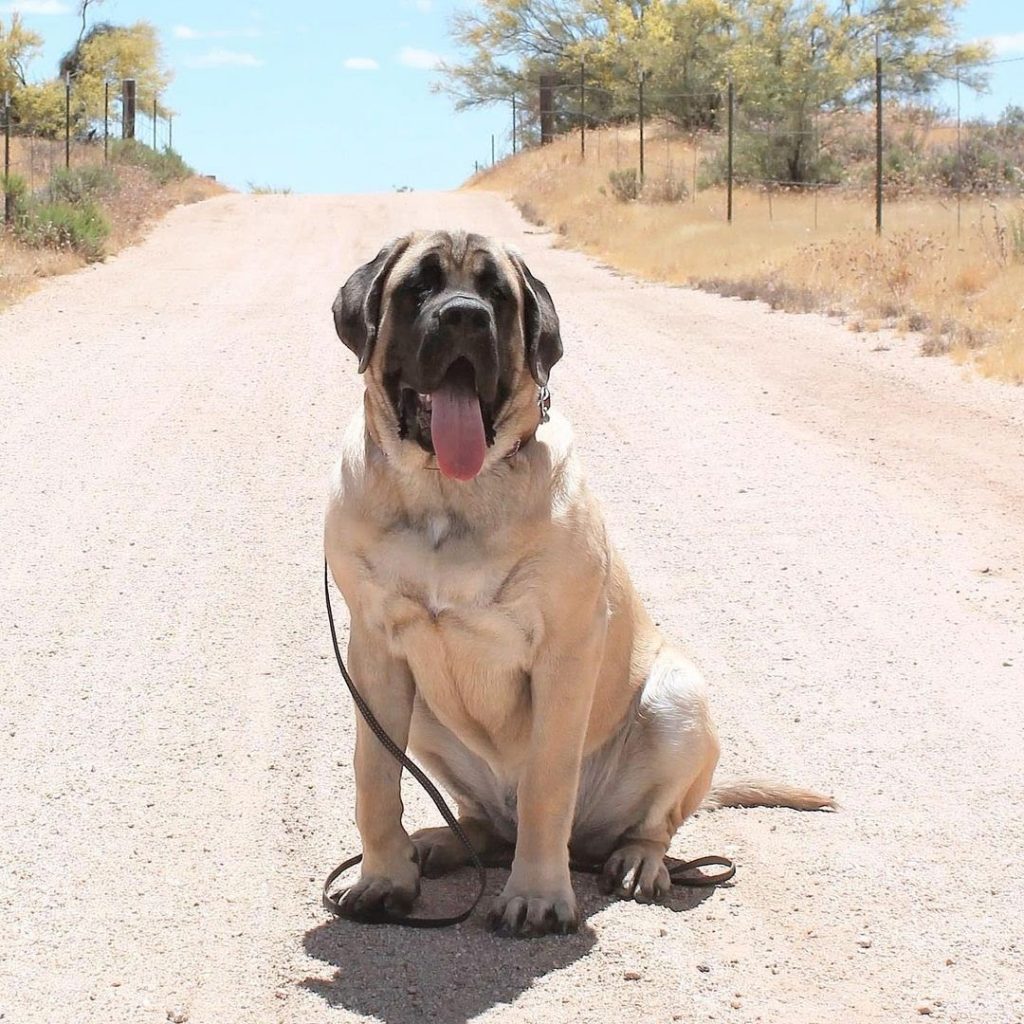

In finding the roots of the old English Mastiff, it is vital to recognize his ancestor, the great Molossian Hound. Before the English Mastiff came to exist, the Molosser used to dwell in Tibet or Northern India. Later on, he paved the way for other Mastiff breeds to come forth and that includes the English Mastiff.
In the past, the English Mastiff was not that enormous. He was widely used as a guard by farmers so their flocks will be safe from potential predators. Entertainment was also popular back in the day. Brutal dogfights were rampant and the English Mastiff was a frequent competitor.
Once he arrived in England, the canine got further developed. This is now considered to be his place of origin due to the improvements done both in temperament and looks. Circumstances such as world wars almost banished this breed to non-existence, but thankfully, a few remaining English Mastiffs overseas were brought back to Britain to make the line thrive again.
Size, Appearance, & Coloring
Spanish Mastiff
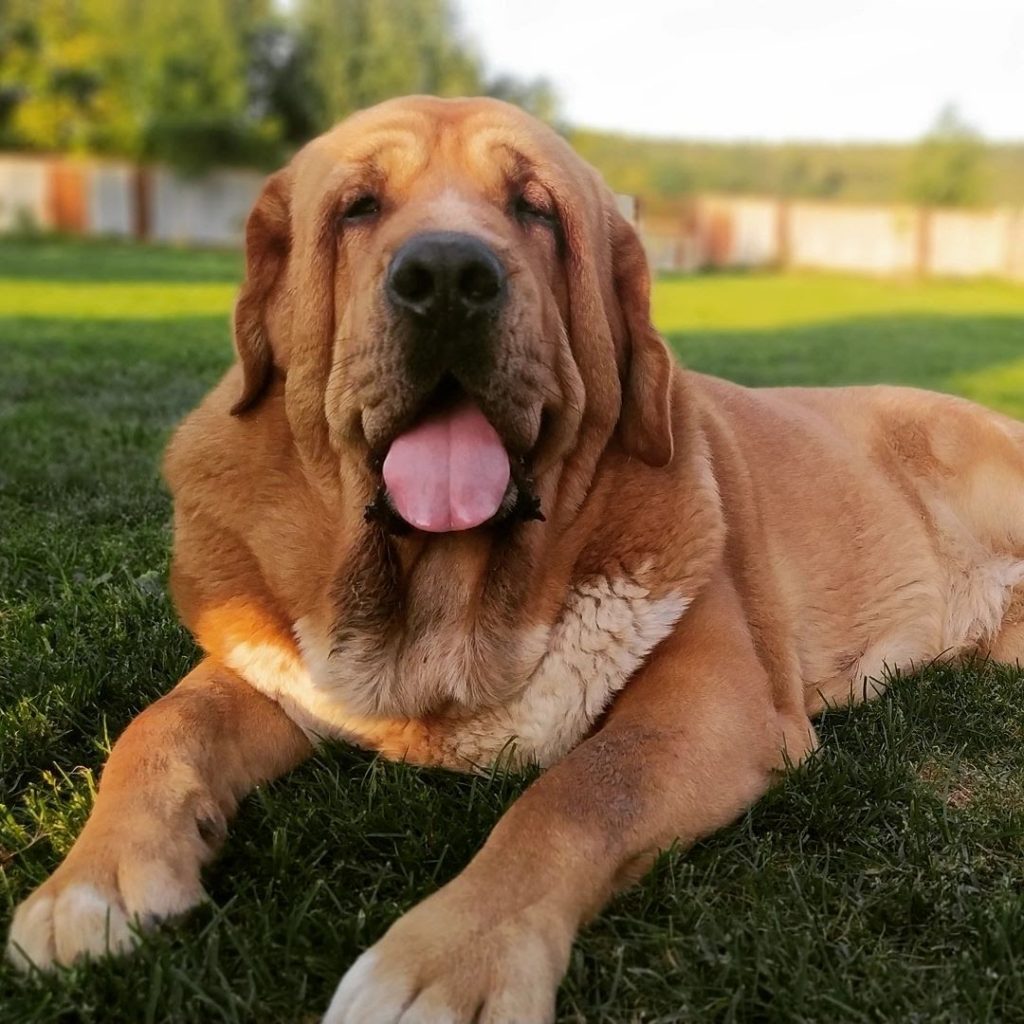

With long legs and a lengthy body, the Spanish Mastiff is perceived to be a large breed. He is well-muscled and heavy-boned with a massive chest that makes him look dignified. He has a thick dewlap, saggy jowls, and a strong jaw. With these features, the Spanish Mastiff is very prone to drooling.
All four legs display strength and capability to secure the safety of the flocks as a guardian. His fur looks well-fitted but quite loose. Before, he was predominantly white, but can now be seen in various colors such as:
- Black
- Fawn
- Red
- Brindle
- Yellow
- Wolf-sable
His minimum height ranges from 28 to 35 inches and he can be around 140 to 200 pounds regardless of gender.
English Mastiff
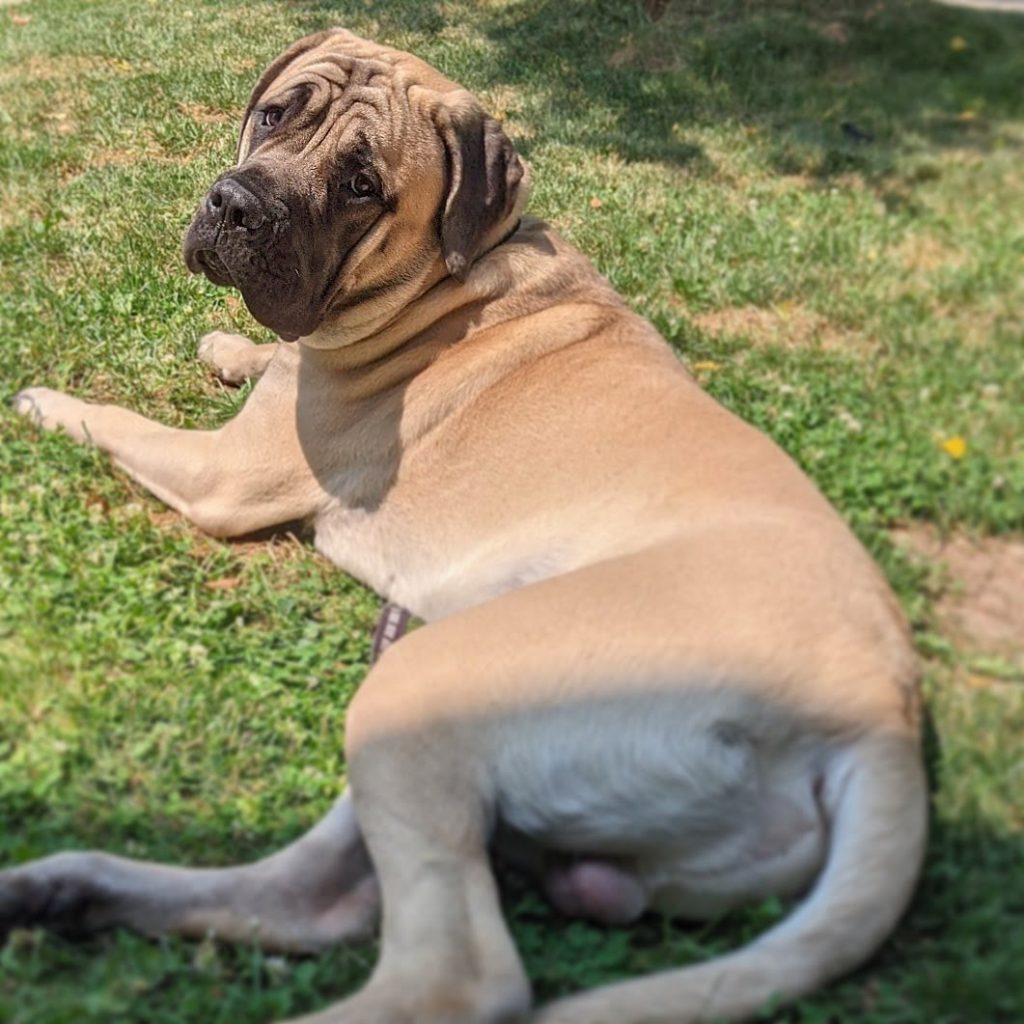

Size is the most prominent quality in the English Mastiff breed. This is not a large but rather a gigantic canine since he can reach incredible measurements! The American Kennel Club (AKC) set a minimum height of 27.5 inches to 30 inches and above with an astounding 120 to 230 pounds factored by gender.
Putting aside his proportions, this dog can be in three different colors which can be:
- Brindle
- Fawn
- Apricot
He has a double coat, thick and dense yet manageable. His eyes are typically brown and his face is covered in a black mask. The ears are neither big nor small and it’s in the same shade as his face. Descriptively, his head looks broad and heavy with a few wrinkles present. All four legs are muscular and just enough to support his proportionate body. Each of his paws is massive and his paw pads are remarkably the same in color as his mask.
Temperament
Spanish Mastiff
Undeniably, the Spanish Mastiff makes excellent guard dogs. They are incredibly loyal to their family and would do just anything to guarantee their safety. When it comes to strangers, this Spanish canine tends to be very skeptical. Although he is generally calm, aloof, and quiet, he will occasionally let out a distinctly deep and intimidating bark enough to ward off strangers.
This dog is fond of lazing out with his family, but at times, he won’t say no to a game of fetch with the kids. As much as he loves to spend time with the people he loves, the Spanish Mastiff would also need some alone time due to his independent personality.
The potential of this dog gets to be unraveled only when he’s with an experienced owner whom he could see as the pack leader. The Spanish Mastiff has a very challenging temperament, so knowledge on how to deal with him is necessary.
English Mastiff
People have this common misconception that big dogs are dangerous. The contrary is true with an English Mastiff as he displays his gentle nature toward the family he grew up to love even though he’s dignified and has this imposing look that can be intimidating for some.
Despite originally being bred to fight, the English Mastiff should never be naturally aggressive. Unlike some other dog breeds, this Mastiff prefers de-escalating chaotic situations. Nonetheless, it’s unimpressive to taunt this dog. He can easily pin anyone down or do anything worse to anyone who downplays his ability to protect.
In the presence of other dogs or people, he is typically aloof and guarded. If he was socialized at a young age, letting him interact with new faces won’t be a problem. Whenever he plays with kids, someone must monitor them. With his size, the English Mastiff can innocently crush a child.
Trainability & Intelligence Level
Spanish Mastiff


Intelligent and independent. The Spanish Mastiff does not find it difficult to learn new things. However, he may show stubbornness and decide that his will triumphs more than that of his owner. This suggests that the Spanish Mastiff is not suitable for first-time owners. He needs someone who has a strong personality and would push them to obey commands.
Imperatively, any owner should start training a dog while he’s still young. Puppies are more flexible and teachable compared to adults who have already acquired certain habits. Nevertheless, training a pet at any age is still feasible.
English Mastiff
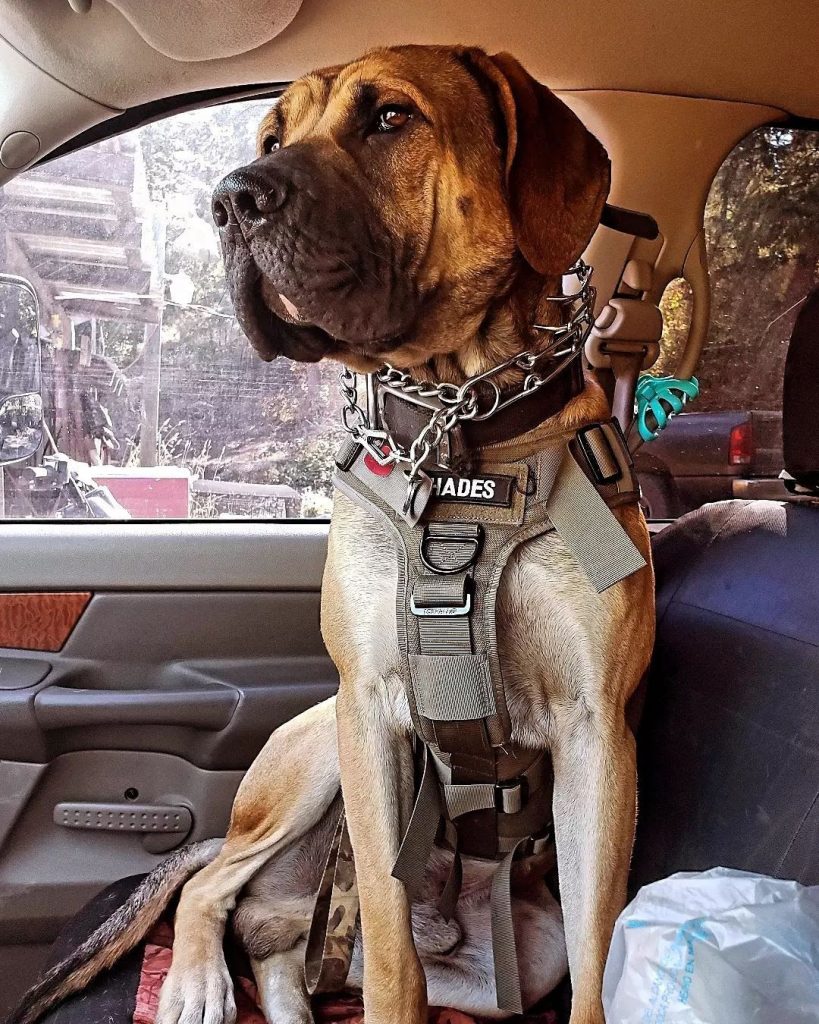

Often, you’ll hear Mastiff fanciers say that this dog is not suitable for first-time owners. This is because, since training is vital for each puppy, the English Mastiff would need someone firm, reasonable, and knowledgeable. This colossal canine can be hard-headed and can get easily distracted. To keep him stimulated, tasks should not be too easy to learn to the point that they undermine his capacity.
This breed is smart in his right, so the training he needs to undergo should be energizing. Avoid making him repeat the same drills often or you’ll witness a bored dog in your presence.
Exercise Needs
Spanish Mastiff
As a giant Mastiff breed, this Spanish dog is slow to mature, especially the males. It would typically take him 2.5 to 4 years for this process to complete! Anyhow, his size would require him to do a low-leveled activity such as a daily walk done in the morning and the afternoon, when the sun is not too harsh.
Generally, he’ll be physically and mentally satisfied with any moderate amount of exercise or drills.
English Mastiff
Knowing how massive the English Mastiff is, it is important to keep him from getting over-exercised, particularly in his first two years. This breed is so prone to joint issues such as osteoarthritis which is extremely painful if experienced.
Limit his exercise to an hour daily, divided into two shorter sessions either by letting him out for a walk or letting him play off-lead in a fenced yard. Never leave him out by himself when it’s time to sweat off since this breed tends to get lazy. Ensure that his weight is managed so he’d get to live a longer life.
Grooming Requirements
Spanish Mastiff
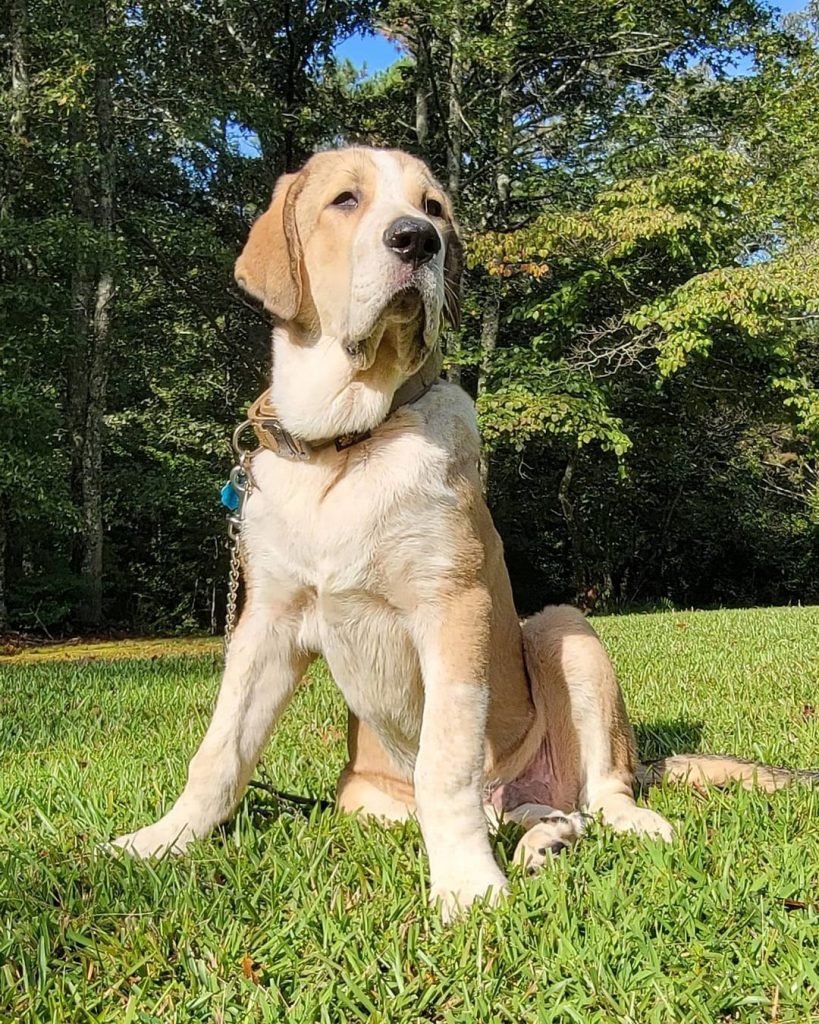

Spanish Mastiffs require a dedicated owner who will groom him regularly considering that he sheds heavily. Running the brush all over his body must be done daily to help him get rid of his loose hairs. At home, it is advised to change the covers of your furniture since his strands can easily stick anywhere.
Prepare to wipe off his jowls as well as he slobbers a lot in a day. Placing a bib around his neck could help and a pack of wipes can prove handy.
English Mastiff


The frequency of grooming your English Mastiff depends on what works best for you and your dog. Owners can brush him once, twice, or thrice weekly and baths can be done depending on your dog’s lifestyle. If your English Mastiff helps you out on the farm and he gets muddy, he needs to be washed more often, but if he likes to stay clean, then it’s not that necessary.
Other prerequisites such as checking his ears, teeth, and nails must be done regularly so any signs of infection can be detected early on.
Health Problems
Spanish Mastiff
Common to giant dog breeds such as the Spanish Mastiff are several issues, genetic or acquired, that would need immediate attention from a health professional. Some of these include:
- Cardiac disease
- Entropion
- Bloat
- Panosteitis
English Mastiff
It just makes sense why English Mastiff breeding is expensive. Both parents need to undergo a series of medical tests to guarantee that they’re free from certain genetic complications. Despite the effort, this dog remains to be susceptible to various health problems like:
- Cancer
- Obesity
- Bloat
- Wobbler syndrome
Breed Popularity
The Spanish Mastiff remains to be a rare dog making it hard to find a breeder for such a breed. Presently, the AKC did not provide where this dog stands in terms of breed popularity, yet it is undeniable that the canine is well sought-after as a guard dog or as a pet. On the other hand, the English Mastiff maintains his position at 29th out of 200 dog breeds listed.
Fun Facts
Spanish Mastiff
- As of today, some people from all over the world still use the Spanish Mastiff to guard their flocks.
- He is highly independent and prefers to navigate the field on his own.
- The Spanish Mastiff likes bigger spaces which means a small and cramped apartment might make him complain through barking.
English Mastiff
- Modern English Mastiffs were started to be bred in Great Britain around 1835.
- English Mastiff puppies need thrice the amount of milk a human baby would need!
- Kush, a Mastiff from Australia, lived to the ripe age of 15 years old.
Which Mastiff Breed Is Better?
Both Mastiff breeds make excellent companions. However, they offer different things on the table. The English Mastiff is a courageous dog with a protective instinct, but deep within is a soft spot for his family. He needs minimal exercise and grooming isn’t that overwhelming.
Meanwhile, the Spanish Mastiff is practical for people who own farms. He needs to be holistically challenged daily considering that his intelligence has to be stimulated to keep him satisfied with his lifestyle. He typically lives longer than the English Mastiff, yet this doesn’t mean that you can compromise on his health needs.
